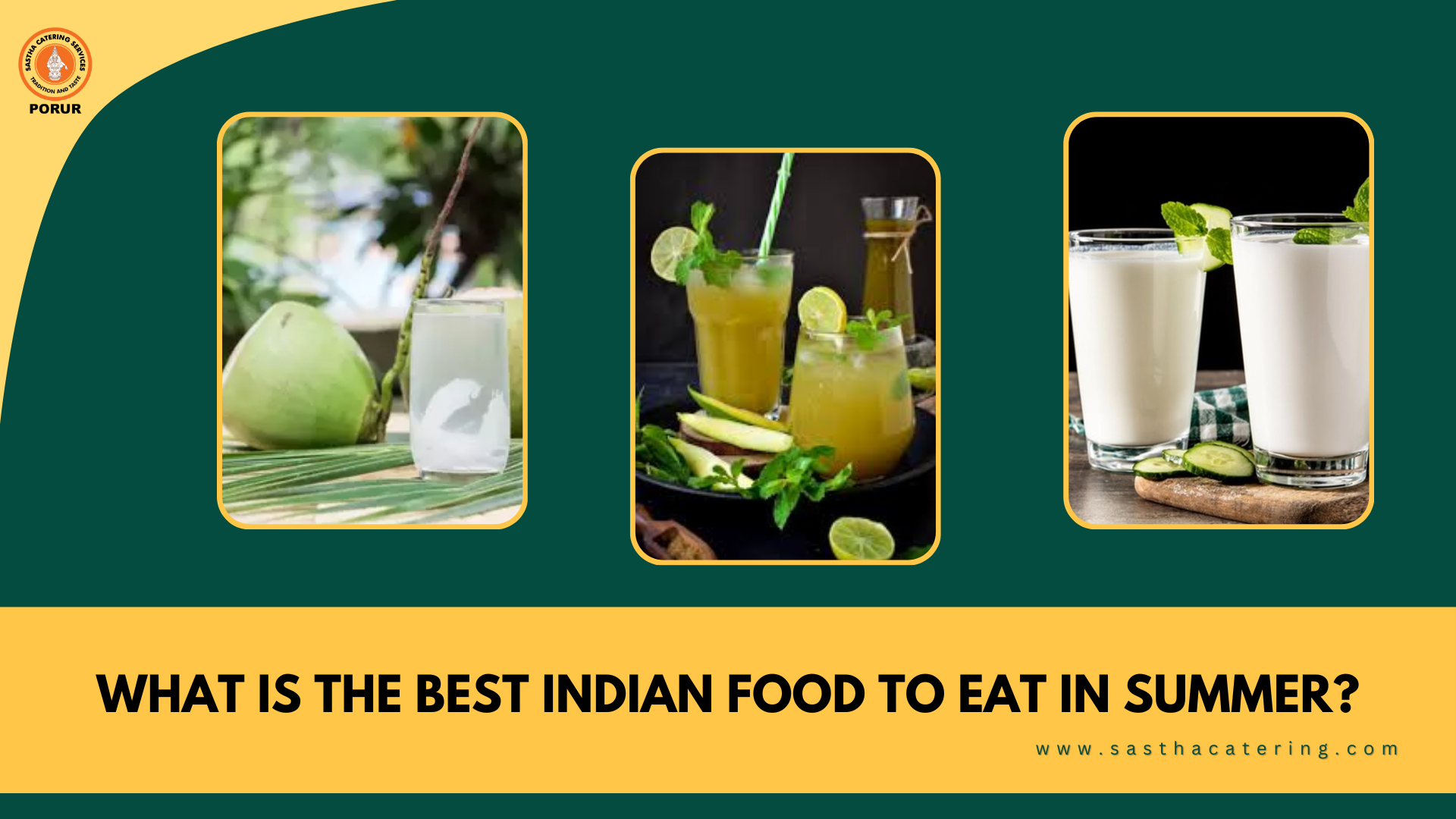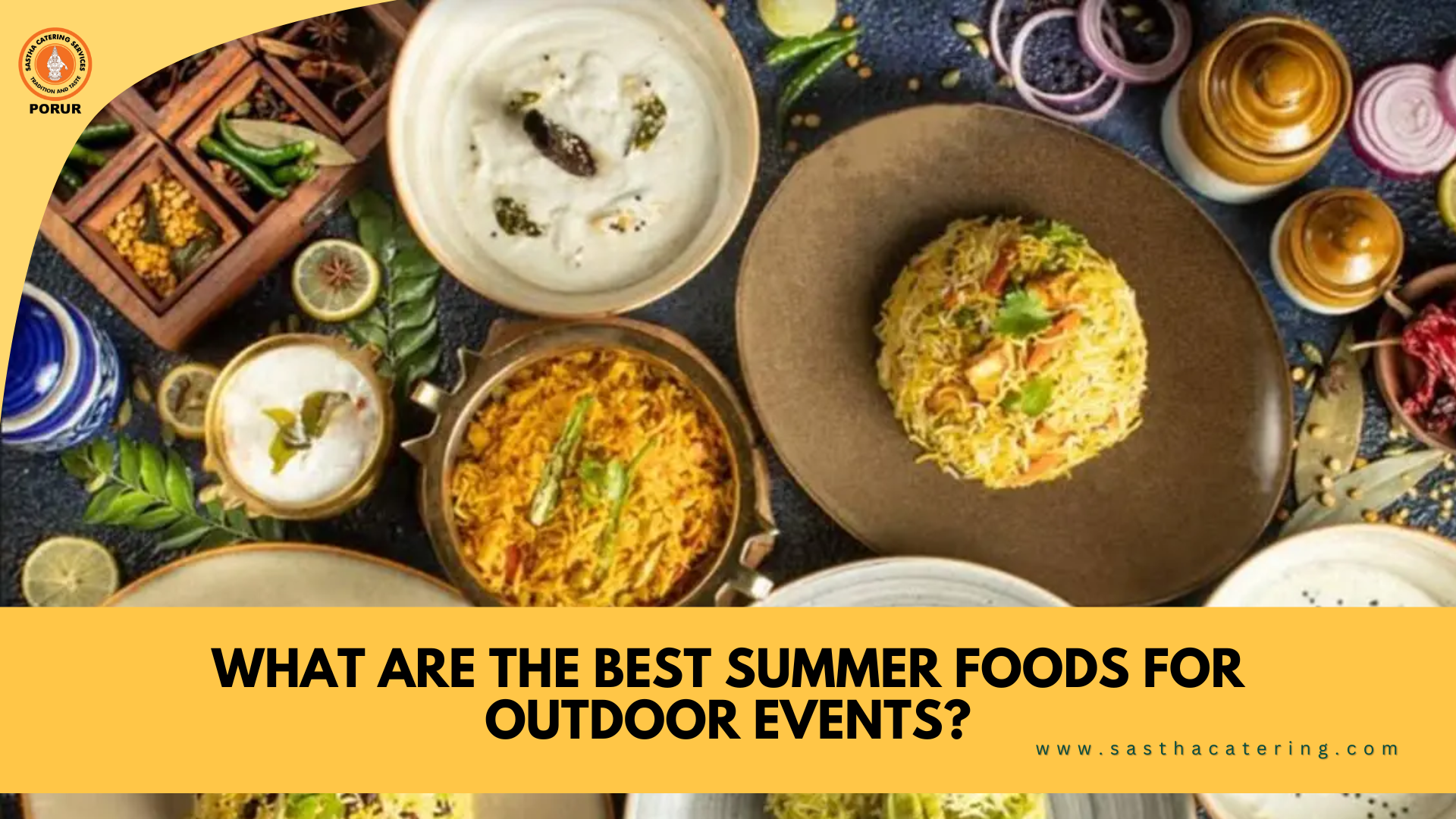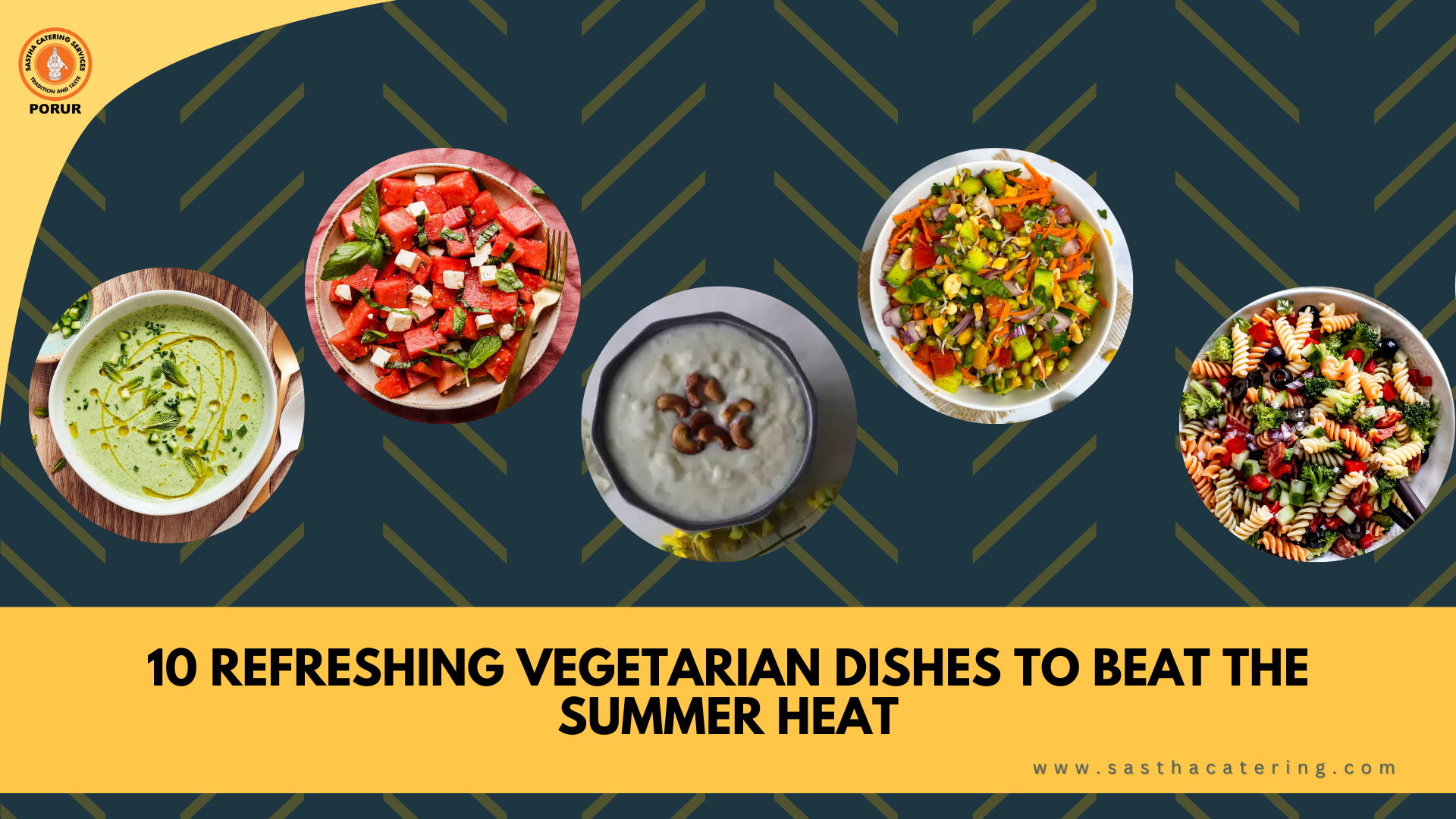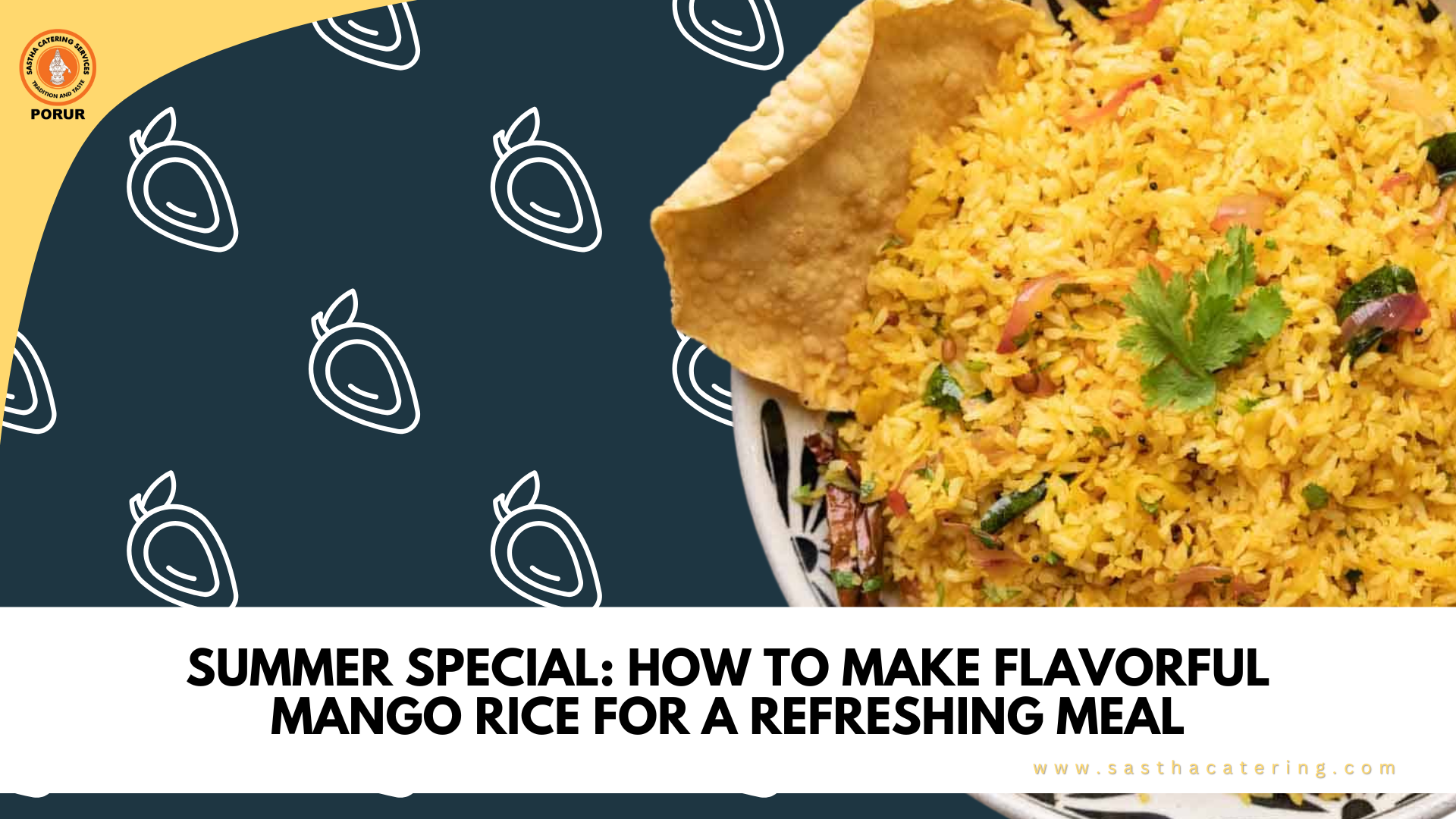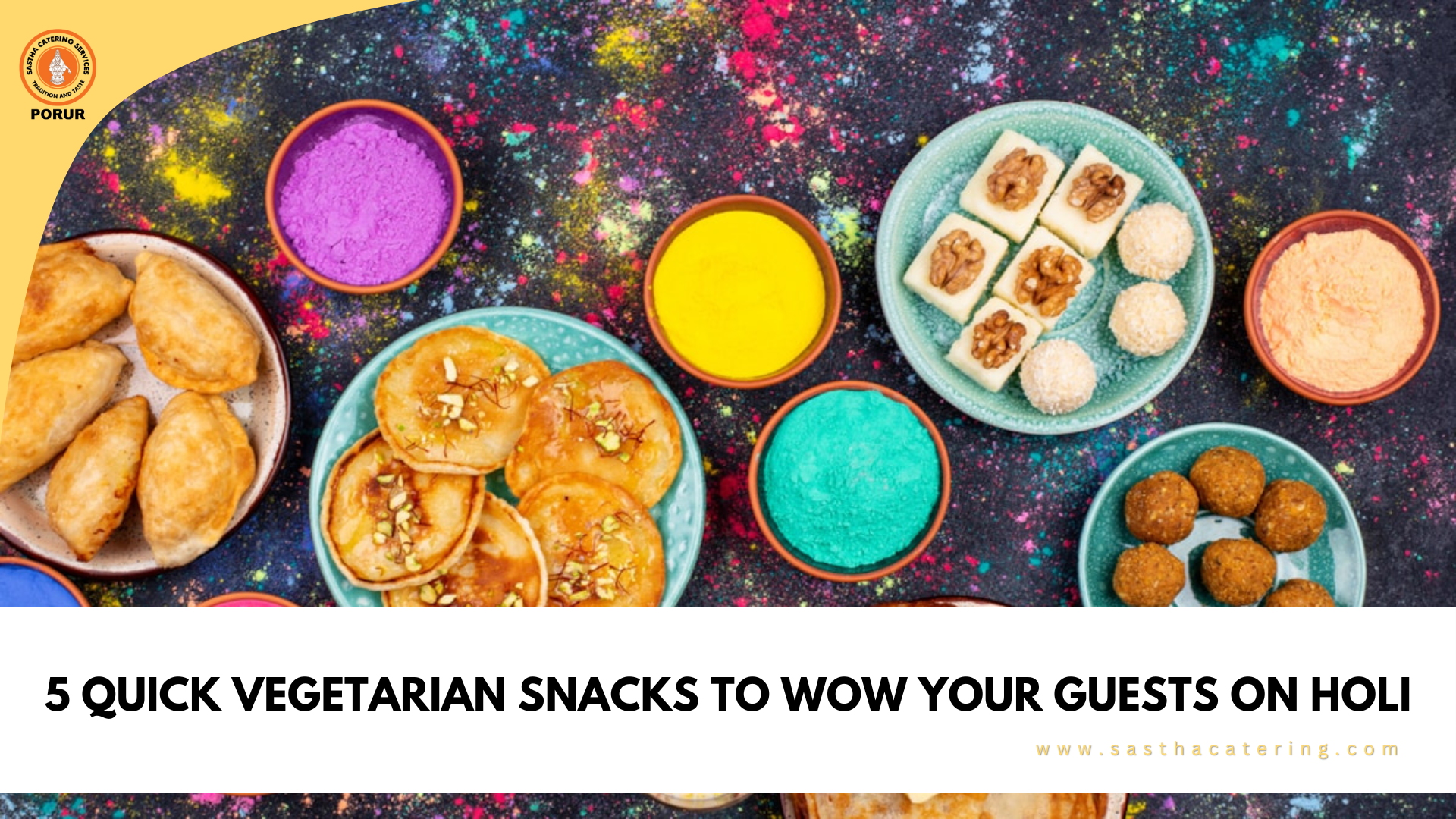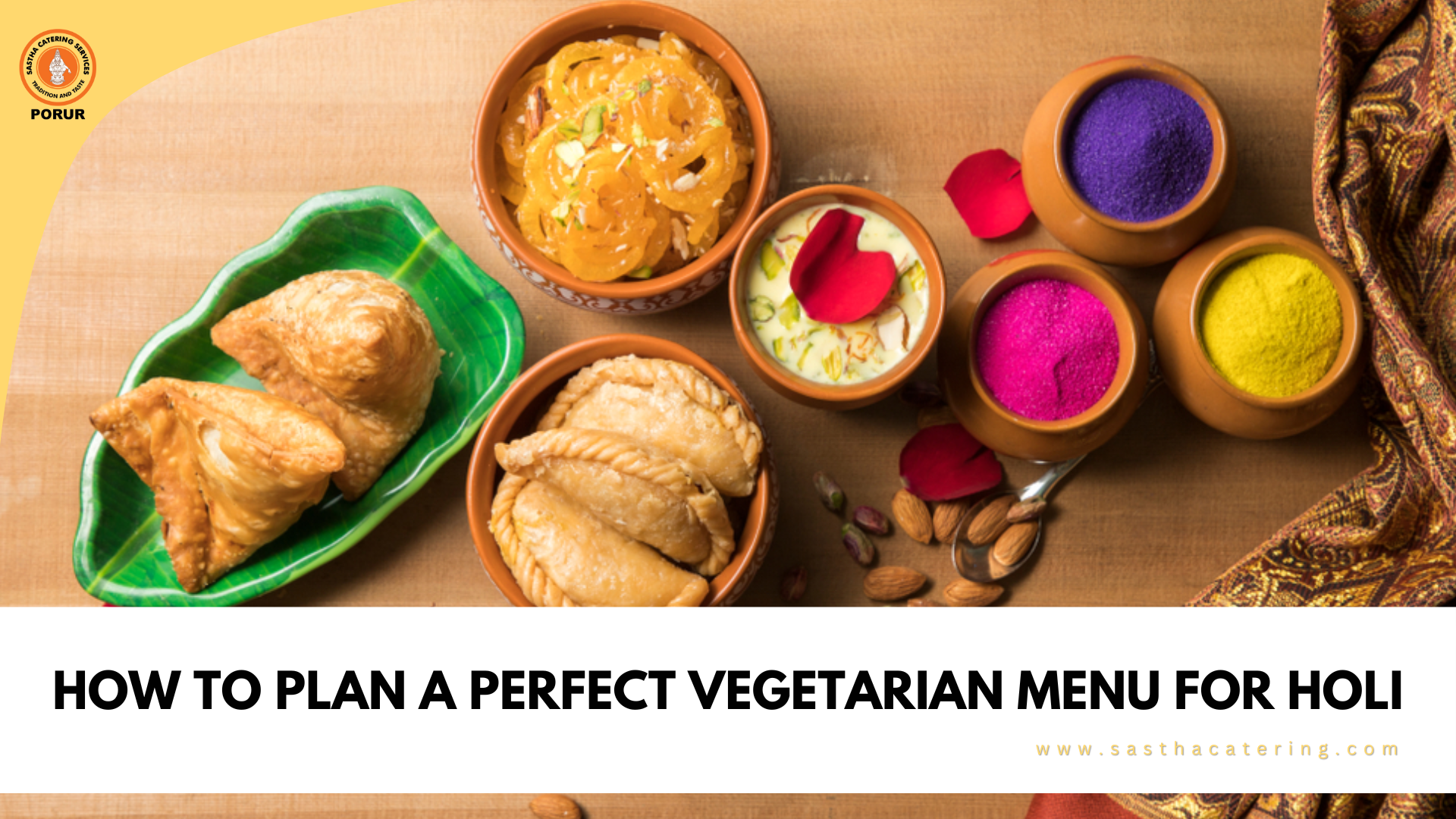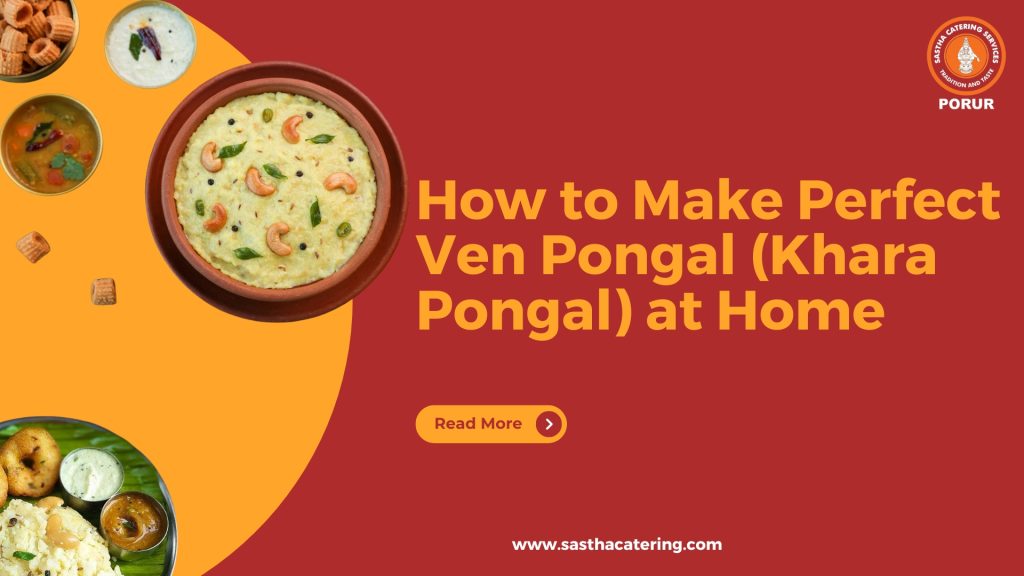
If you are craving a wholesome South Indian breakfast, Ven Pongal, also known as Khara Pongal, should be at the top of your list. This simple yet flavorful dish is not only a staple in Tamil Nadu but also a favorite across South India. Its creamy texture, infused with aromatic spices and tempered ingredients, makes it a delightful comfort food. Whether you want to cook it for a cozy family breakfast or offer it at a grand celebration, this step-by-step guide will ensure you prepare the perfect Ven Pongal every time.
What is Ven Pongal?
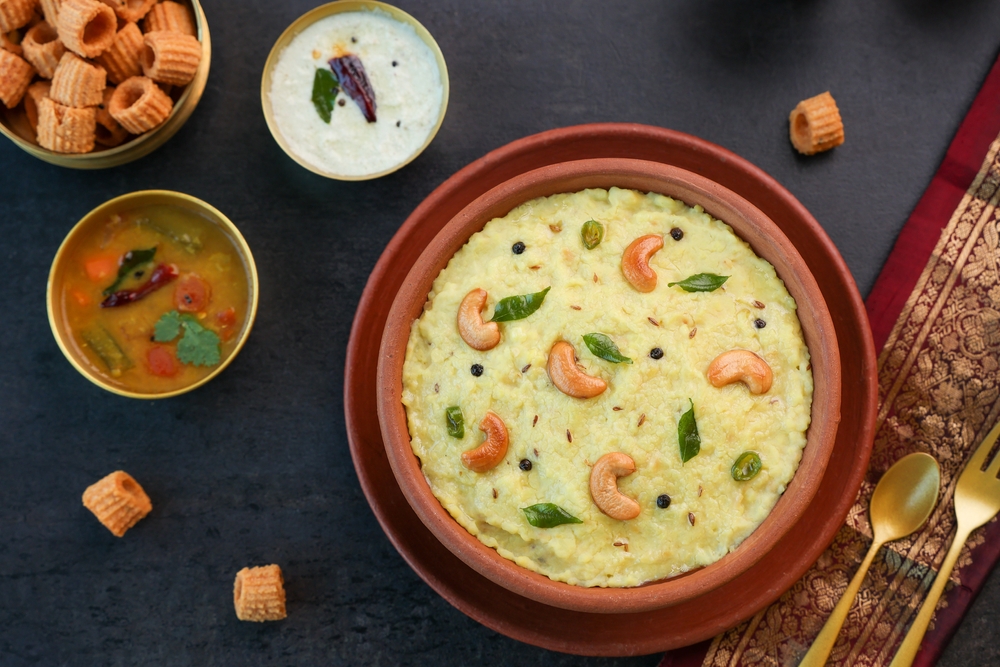
Ven Pongal, meaning “savory Pongal” in Tamil, is a traditional South Indian dish made primarily from rice and moong dal (split green gram). It is seasoned with ghee, black pepper, cumin, and curry leaves, delivering a rich and satisfying flavor. Unlike its sweet counterpart, Sakkarai Pongal, Ven Pongal is a savory dish often served with chutneys and sambar.
Why Ven Pongal is Loved
- Simple and Nutritious: Packed with protein and carbohydrates, Ven Pongal is filling and nutritious.
- Comfort Food: The soft, mushy texture is soothing and easy to digest, making it perfect for all ages.
- Versatile: Whether served at breakfast, lunch, or dinner, it pairs well with various accompaniments like coconut chutney and sambar.
- Perfect for Celebrations: Ven Pongal is a must-have during the festival Pongal feast and temple offerings in South India.
Catering in Chennai: The Go-To Dish for Events
Ven Pongal is a crowd favorite for events hosted by catering services in Chennai. Many best caterers in Chennai swear by its universal appeal and simplicity, making it a staple in traditional menus.
Ingredients for Ven Pongal
To prepare a hearty Ven Pongal, gather the following ingredients:
Main Ingredients:
- Rice: 1 cup (short-grain rice like Ponni or Sona Masoori works best)
- Split Yellow Moong Dal: ½ cup (roasted for enhanced flavor)
- Water: 4–4.5 cups (for a soft consistency)
For Tempering:
- Ghee: 3 tablespoons
- Cumin Seeds (Jeera): 1 teaspoon
- Whole Black Pepper: 1 teaspoon (lightly crushed)
- Curry Leaves: A sprig
- Ginger: 1 teaspoon (finely chopped or grated)
- Green Chilies: 1–2 (optional, slit lengthwise)
- Cashews: 10–12 (broken and roasted)
- Hing (Asafoetida): A pinch
- Salt: To taste
Step-by-Step Recipe to Make Ven Pongal
Step 1: Wash and Roast
- Wash the Rice and Dal: Rinse the rice and moong dal thoroughly in water until the water runs clear.
- Roast Moong Dal: In a dry pan, roast the moong dal lightly until you get a nutty aroma.
Step 2: Cook the Base
- In a pressure cooker, combine the rice, roasted moong dal, and 4–4.5 cups of water. Add a pinch of salt.
- Pressure cook for 4–5 whistles or until the rice and dal are soft and mushy.
- Once the pressure is released, mash the mixture slightly for a creamy texture.
Step 3: Prepare the Tempering
- Heat ghee in a pan.
- Add cumin seeds and let them splutter.
- Add crushed black pepper, curry leaves, grated ginger, and green chilies (if using). Sauté for a minute.
- Toss in the cashews and roast until golden brown.
- Add a pinch of hing and mix well.
Step 4: Combine and Serve
- Pour the tempering over the cooked rice and dal mixture.
- Mix well, ensuring the tempering coats the entire dish.
- Adjust salt and consistency by adding a little hot water if needed.
- Serve hot with coconut chutney, tomato chutney, or sambar.
Pro Tips for Perfect Ven Pongal
- Choose the Right Rice: Short-grain rice varieties like Ponni or Sona Masoori yield the best texture.
- Roast the Dal: Lightly roasting the moong dal enhances its flavor and aroma.
- Generous with Ghee: Ghee is the soul of Ven Pongal. Don’t skimp on it for the authentic taste.
- Pepper-Cumin Ratio: Maintain a balance of pepper and cumin for a flavorful tempering.
- Consistency: Adjust the water quantity for your desired consistency. Ven Pongal should be soft and slightly mushy.
Accompaniments for Ven Pongal
Ven Pongal shines when paired with:
- Coconut Chutney: A classic accompaniment made from grated coconut, green chilies, and roasted lentils.
- Sambar: A tangy lentil-based vegetable curry that complements the mild flavors of Pongal.
- Tomato Chutney: A spicy and tangy dip made from tomatoes, garlic, and red chilies.
- Medu Vada: Crispy urad dal fritters are often served alongside for added texture and flavor.
Ven Pongal in Catering Menus
Why Caterers in Chennai Prefer Ven Pongal
- Quick Preparation: Easy to make in large quantities without compromising on taste.
- Universally Loved: Appeals to people of all age groups and dietary preferences.
- Customizable: Ingredients can be adjusted to suit vegan or low-spice preferences.
- Traditionally Significant: A quintessential dish for South Indian weddings and festivals.
Tips for Choosing the Best Caterers in Chennai
If you are hosting an event, choose caterers who:
- Offer authentic South Indian dishes.
- Use high-quality ingredients for traditional recipes.
- Provide customization options to cater to diverse guest preferences.
Conclusion
Making Ven Pongal at home is simpler than you might think, especially when you follow this detailed guide. Its wholesome flavors, combined with the rich aroma of ghee and spices, make it a dish worth relishing. Whether it’s for a quick breakfast or a celebratory feast, Ven Pongal never fails to impress. If you’re in Chennai and planning a grand occasion, trust the best caterers in Chennai to serve this classic dish, ensuring your guests have a memorable culinary experience.
Embrace the art of making Ven Pongal and savor the authentic taste of South India, right from the comfort of your kitchen!



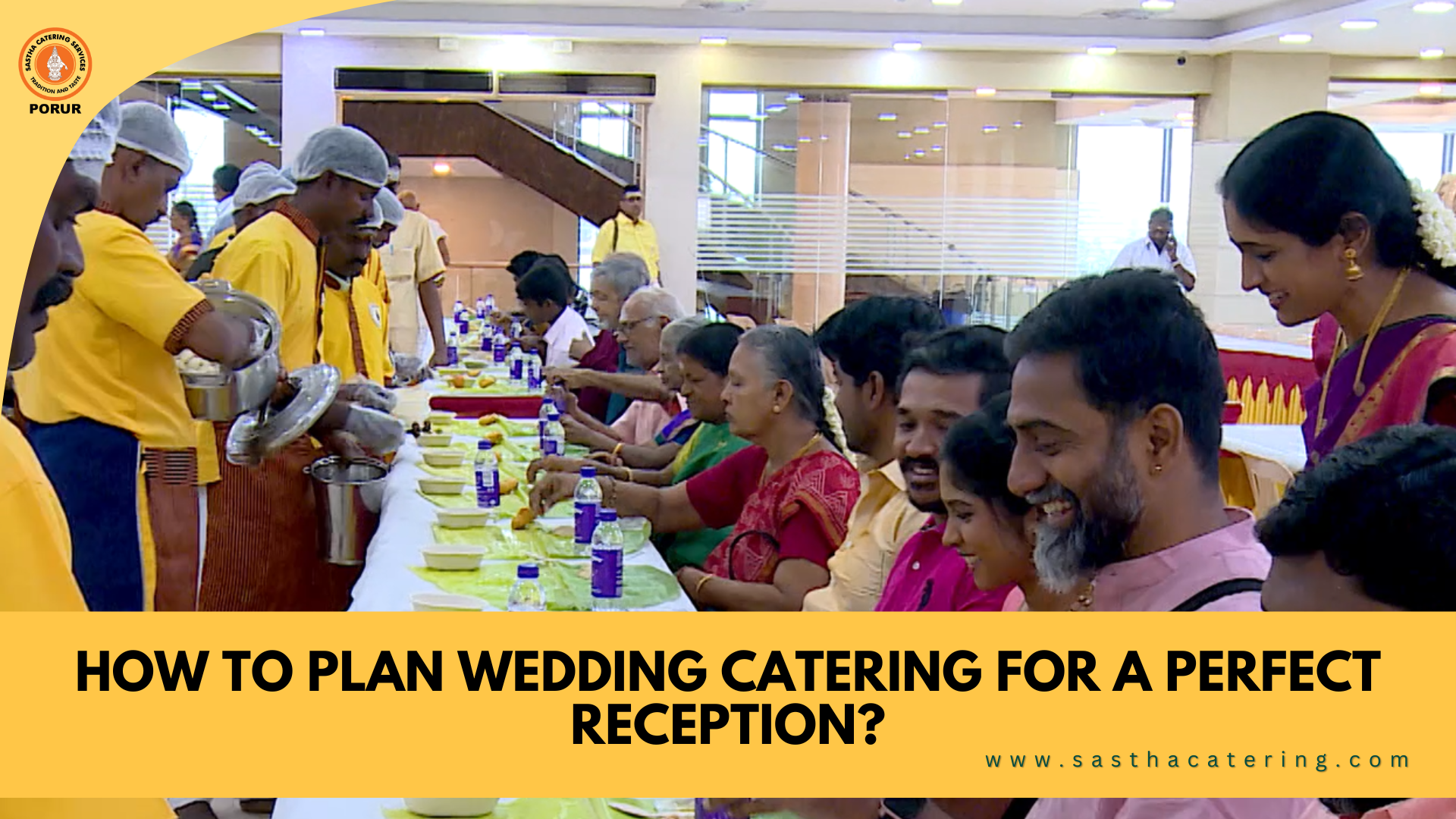
!["Guests being served vegetarian buffet at an event in Chennai, highlighting the popularity of veg catering services. [Sastha Catering]"](https://sasthacatering.com/blog/wp-content/uploads/2025/03/Healthy-Food-Initiatives-18.png)
